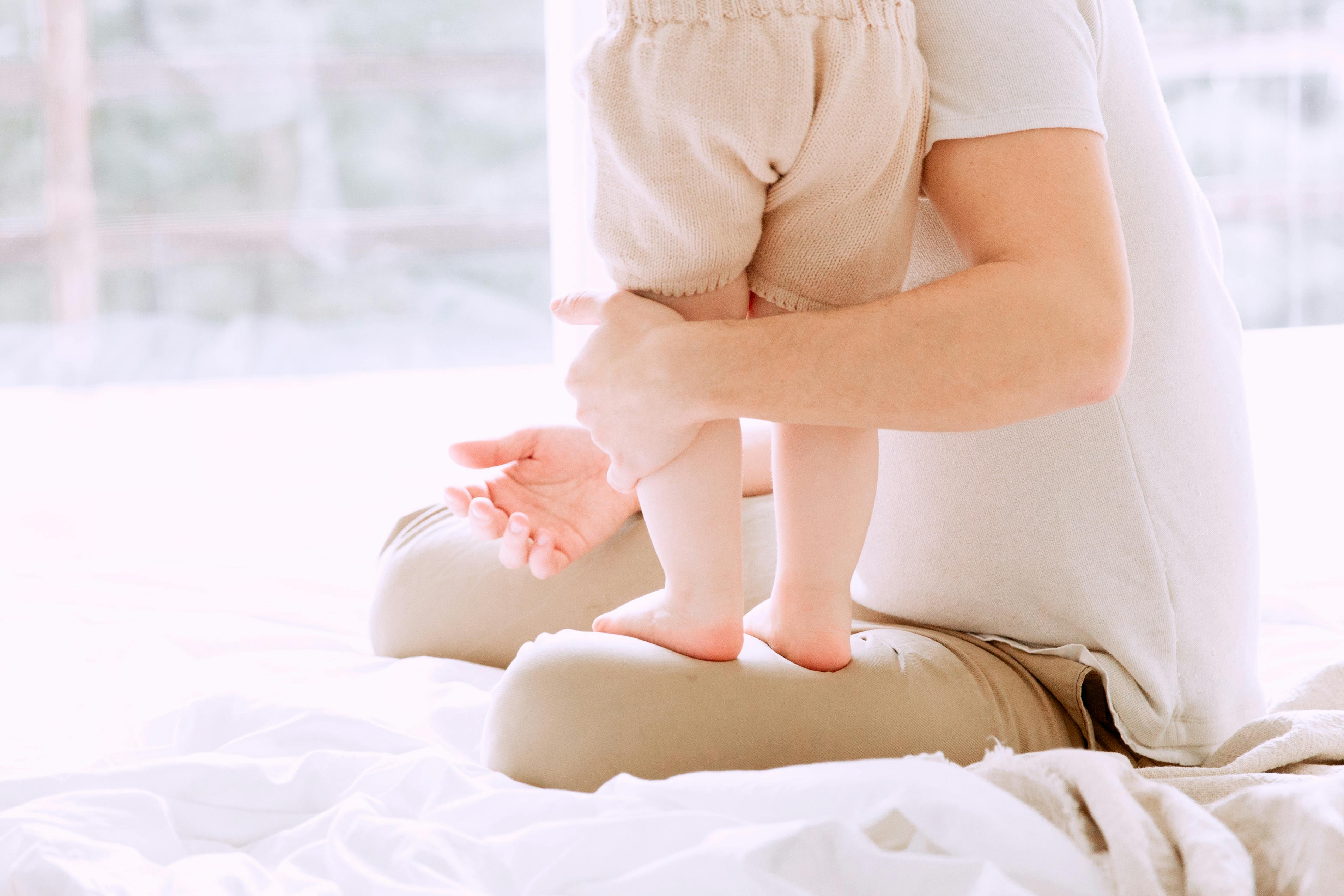I have always found it interesting that a certain asanas it can be loved by some people, while despised by others. bakasanaThe Crane is one of those positions that seems to divide opinion.
I guess it’s natural that we’re naturally drawn to poses we’re good at, or that suit our own specific strengths and abilities, while avoiding poses our bodies aren’t as well suited for (which explains my aversion to upavistha konasanaWide-legged seated forward lean).
At first glance that would explain my love for bakasana. To the uninitiated, the pose seems to rely heavily on upper body strength, but in fact, getting into and holding bakasana is much more dependent on concentration and balance than sheer strength.
Name bakasana comes from the Sanskrit word baka what does crane mean It is easy to see why the asanas It was given this name, as seeing a yogi gracefully balancing on hands with a tight body, one is reminded of a crane wading through a shallow pool.
Act bakasana
1. After the legwork to open your hips and warm up your wrists, arms, and shoulders, squat down tadasana with feet flat on the ground. Widen your knees and lean forward so your torso is between your inner thighs.
2. Bend your elbows and place your hands flat on the floor, fingers spread, with the backs of your arms close to your armpits against your shins.
3. On an exhale, with the front of the body contracted, lift the heels and lean forward, shifting the weight of the body onto the arms. Keeping your tone in your abdomen, continue to lean forward and lift your tailbone until your feet come off the floor and balance on your arms.
4. Stretch your arms as far as possible, looking at a point on the floor and slightly forward, but do not raise your head so high that you compress the back of the neck.
5. The pose can be held for 10 to 60 seconds, then exhale and slowly lower your feet toward the floor in a low squat. bakasana rounds the spine, so a suitable counterpose would be an asana that turns the spine in the opposite direction, such as ustrasana (Camel).
effects
bakasana is, of course, the strengthening of the upper body, particularly the arms and shoulders, and also the abdominal muscles. It massages the internal organs and develops balance and concentration. It is also an excellent preliminary to the handstand.
contraindications
Wrist/arm/shoulder injuries, particularly carpal tunnel syndrome.
The pregnancy
variations
A great variation is the side crow, parsva bakasana, which strangely many find easier than the normal pose. Tea asanas It can also be used in a sequence to/from a tripod headstand, or by jumping from headstand back to plank or downward dog.
